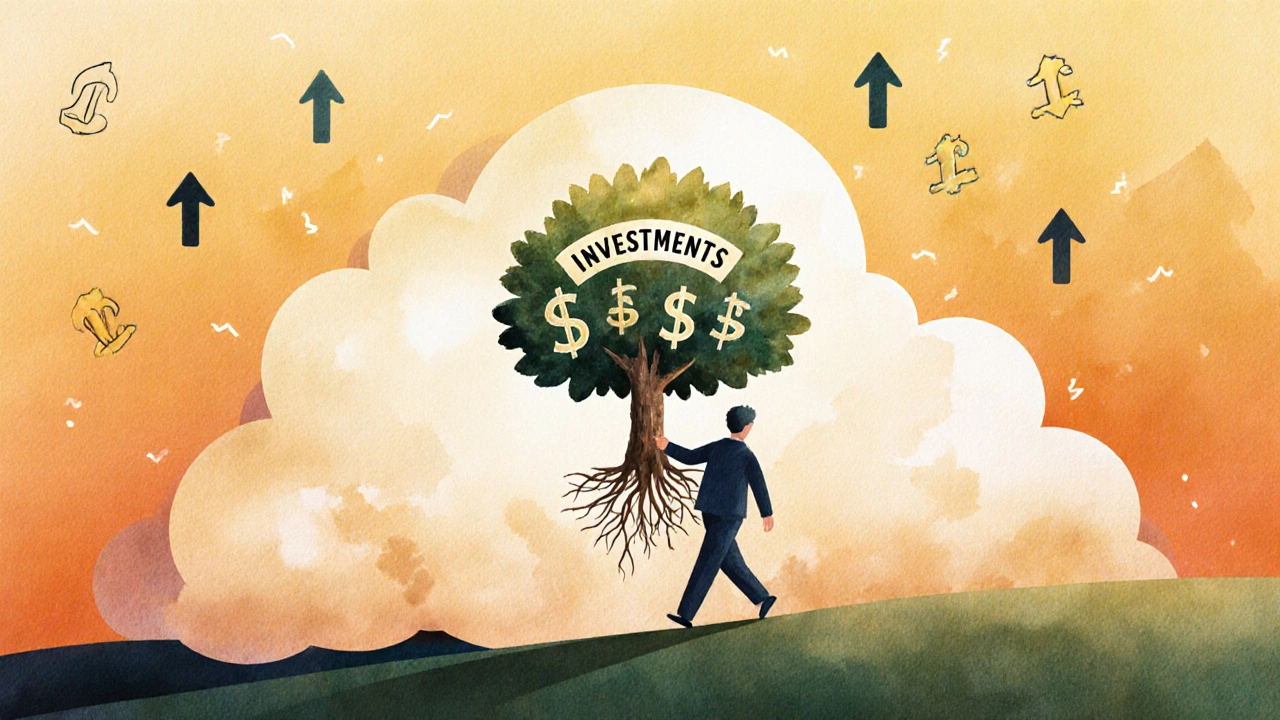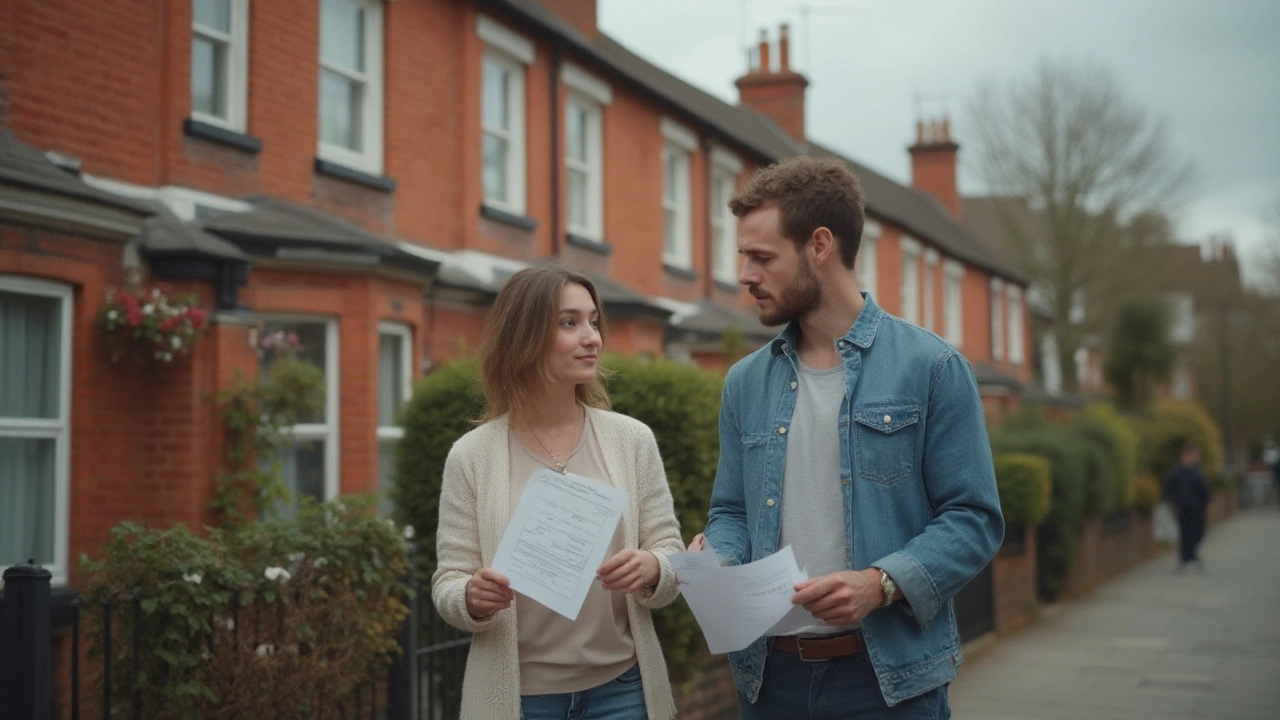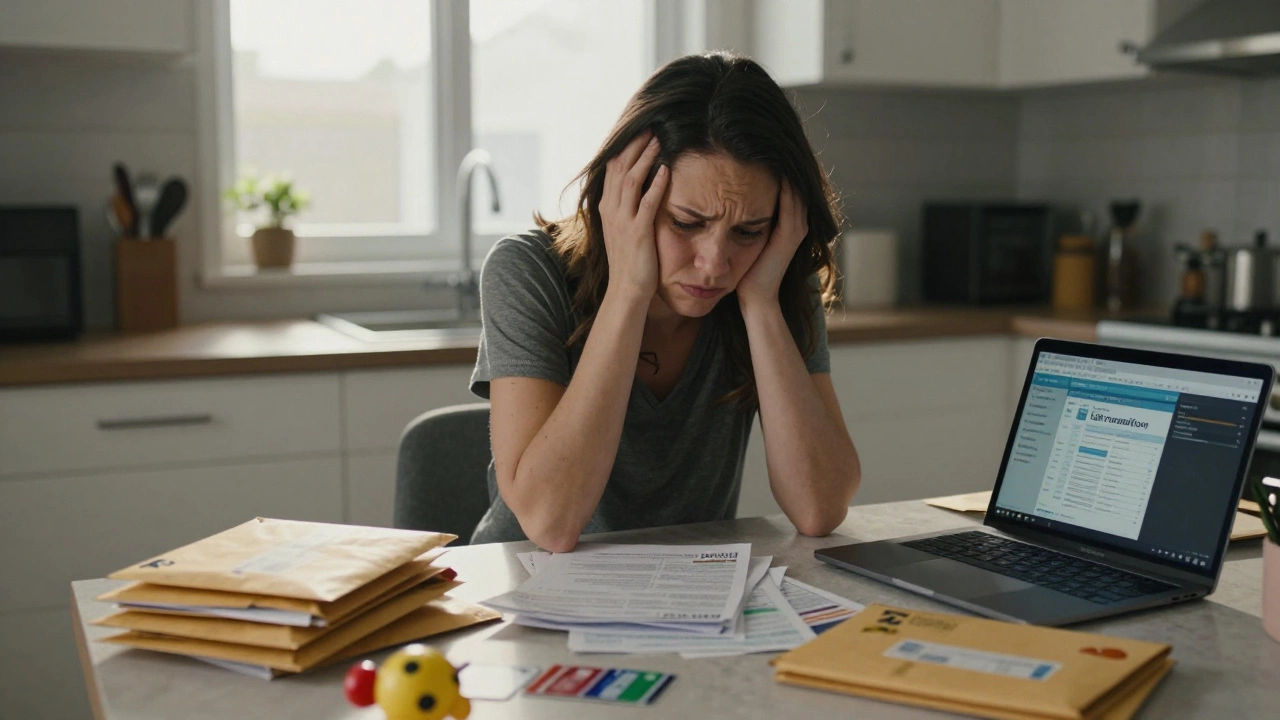HELP Debt Repayment Calculator
Calculate Your HELP Repayment
Your HELP debt repayment is calculated based on your income each financial year. For 2024-25, the threshold is $51,550. Repayments start at 1% of income above this threshold.
Your Annual Repayment
$0.00
(Based on 2024-25 threshold: $51,550)
Key facts: Your HELP debt grows with inflation (about 2-3% annually), but doesn't compound interest like credit cards. Repayments only apply when your income exceeds the threshold. The debt is automatically forgiven upon death.
Thousands of Australians are stuck wondering if there’s a real, legal way out of their student loan debt. The truth? There’s no magic trick. But there are legitimate paths - if you know where to look and how to use them. This isn’t about dodging payments. It’s about understanding how Australia’s system actually works so you can plan your way out - without penalties, scams, or stress.
Understanding Your Student Loan (HELP Debt)
In Australia, student loans are called Higher Education Loan Program (HELP) debts. They’re not like bank loans. You don’t pay interest in the traditional sense. Instead, your debt is indexed to inflation each year - usually around 2-3%. That means your balance grows slowly, but it doesn’t rack up compound interest like credit cards or personal loans.
Repayments only start once your income hits the minimum threshold. For the 2024-25 financial year, that’s $51,550 a year. If you earn less than that? No repayment. That’s it. No late fees. No collection calls. Your debt just sits there, quietly growing with inflation.
And here’s the big one: your HELP debt is forgiven when you die. The government wipes it clean. No burden on your family. No estate claims. That’s not a loophole - it’s policy. But if you’re still alive, you need other strategies.
Pay It Off Faster - If It Makes Sense
Many people assume they should rush to pay off their HELP debt as fast as possible. But that’s not always smart. Why? Because the cost of paying it early is often higher than the benefit.
Let’s say you have $30,000 in HELP debt. If you pay $10,000 off now, you save about $200-$300 in indexation over the next few years. But what if you invested that $10,000 instead? Even a modest 5% return over five years gives you $12,800 - more than enough to cover the debt plus inflation.
HELP debt is the cheapest debt you’ll ever have. It doesn’t charge interest. It doesn’t hurt your credit score. You only pay when you can afford it. So unless you’re earning well above the repayment threshold - say, $100,000+ - paying extra isn’t usually worth it.
Still, if you want to pay it off early, you can. Log into your myGov account, link to the ATO, and make a voluntary payment. No penalties. No minimums. Just send money when you can.
Use the Repayment System - Don’t Fight It
Your repayments are automatically taken from your pay if you’re employed. The rate starts at 1% of your income and climbs up to 10% once you hit $151,000. If you’re self-employed, you declare your income when you file your tax return, and the ATO calculates what you owe.
Some people try to avoid repayments by working cash-in-hand or underreporting income. Don’t. The ATO cross-checks your income with employers, banks, and even Uber or Canva data. Getting caught means penalties, back payments, and interest on top of your original debt.
Instead, work within the system. If you’re earning $60,000, your repayment is about $600 a year - just $50 a month. That’s less than a Netflix subscription. If you’re earning $80,000? Around $1,400 a year. Still manageable.
And here’s the secret: if your income drops - say, you lose your job, go part-time, or take time off - your repayments drop to zero. No need to apply. The system adjusts automatically.

Forgiveness Isn’t Common - But It Exists
There’s no blanket student loan forgiveness program in Australia. Unlike the U.S., you won’t find a government initiative that wipes your debt after 10 years of service.
But there are two narrow cases where your HELP debt can be reduced or removed:
- Disability or severe medical hardship: If you’re permanently unable to work due to illness or injury, you can apply for a debt discharge. You need medical certification from a specialist and approval from the ATO. It’s not easy, but it’s possible.
- Death: As mentioned, your debt is erased upon your passing. No action needed by your family.
That’s it. No public service forgiveness. No teaching or nursing incentives. No pandemic relief. Australia doesn’t offer these. Any website or social media post claiming otherwise is misleading you.
Bankruptcy Won’t Help - Here’s Why
Some people think declaring bankruptcy will wipe their student loan. It won’t. HELP debts are one of the few types of debt that survive bankruptcy in Australia.
Even if you go bankrupt, your HELP debt remains. Repayments will still be calculated based on your income after bankruptcy. The ATO will keep tracking you. You can’t escape it this way.
And bankruptcy has serious consequences: your credit score crashes, you can’t be a company director for years, and some jobs (like in finance or government) become off-limits. It’s not a solution. It’s a last resort - and even then, your student loan stays.
What About Loan Consolidation or Refinancing?
You can’t refinance your HELP debt. Private lenders won’t touch it. Why? Because it’s not a traditional loan. It’s a government debt with no interest, no penalties, and income-based repayments. No bank can compete with that.
Some companies try to sell you “student loan consolidation” packages. They’ll offer to pay off your HELP debt with a personal loan - then charge you 10-15% interest. That’s a trap. You’re trading a zero-interest, income-based debt for a high-interest, fixed-payment loan. You’ll end up paying more, longer.
Don’t fall for it. Your HELP debt is already the best deal you’ve got.

What If You Move Overseas?
Many Australians leave the country thinking their student loan disappears. It doesn’t.
If you move overseas and earn over $51,550 AUD per year (adjusted for exchange rates), you’re still required to repay. The ATO can and will track your overseas income through tax treaties with countries like the UK, Canada, and the U.S.
You must notify the ATO of your overseas address and income. If you don’t, you could face penalties, travel restrictions, or even be blocked from returning to Australia.
There’s no way out by leaving. The debt follows you.
Real-Life Example: Sarah’s Story
Sarah graduated in 2020 with $38,000 in HELP debt. She worked in retail for two years, earning $45,000. No repayments. Then she got a job as a marketing coordinator at $72,000. Her repayments started at $800 a year. She didn’t panic.
She kept saving. She invested $200 a month into an index fund. After five years, her HELP debt grew to $42,000 due to indexation. But her investment was worth $15,000. She used $10,000 of it to pay down her debt - reducing it to $32,000. She kept investing the rest.
She didn’t rush. She didn’t stress. She used the system as designed: pay when you can, invest when you can’t, and let inflation do the rest.
Bottom Line: There’s No Quick Fix - But There’s a Smart Way
You can’t legally erase your HELP debt overnight. But you don’t need to. The system is built so that if you earn below the threshold, you pay nothing. If you earn above it, you pay a small percentage. And if you never earn enough? Your debt dies with you.
Stop chasing scams. Stop trying to outsmart the ATO. Focus on your income. Build your savings. Invest wisely. Let your HELP debt be the quietest part of your finances - not the loudest.
It’s not about getting rid of your debt. It’s about living well while you pay it - slowly, safely, and without regret.
Can I get my student loan forgiven if I work in a public service job?
No. Australia does not offer loan forgiveness for public service jobs like teaching, nursing, or government roles. Unlike the U.S., there’s no PSLF (Public Service Loan Forgiveness) program here. Your HELP debt is only forgiven if you die or qualify for severe medical hardship.
What happens if I never earn over $51,550 a year?
Nothing. You never make a repayment. Your debt continues to be indexed for inflation, but you owe nothing. If you live your whole life under the threshold, your debt will be wiped when you pass away. No one else is responsible for it.
Can I pay off my HELP debt in one lump sum?
Yes. You can make voluntary payments at any time through myGov. There’s no minimum or maximum. Paying early reduces the total amount you’ll owe over time, but it’s not financially necessary unless you’re earning well above the repayment threshold.
Will my HELP debt affect my ability to get a home loan?
It can, but not directly. Lenders look at your repayment obligations, not your total debt. If your income is high enough to cover both your HELP repayments and a mortgage, it’s usually not a problem. If your repayments eat up too much of your income, lenders may see you as higher risk. But HELP debt itself doesn’t show up on your credit report.
Is it better to pay off my HELP debt or invest the money?
For most people, investing is better. HELP debt grows slowly - only with inflation. If you can earn more than 2-3% annually in investments, you’re better off putting money into shares, super, or property. Paying off HELP early only makes sense if you’re earning over $100,000 and have no other high-interest debt.








